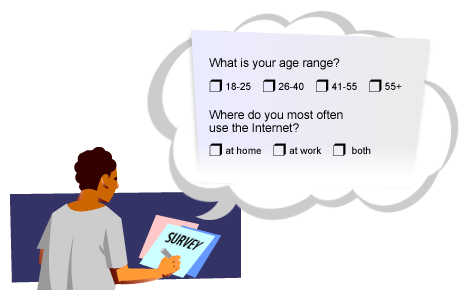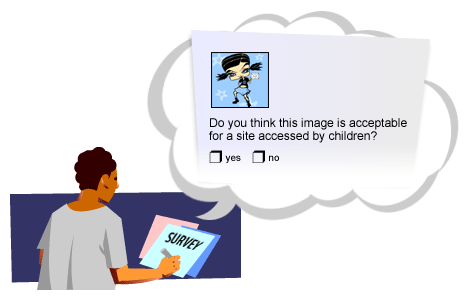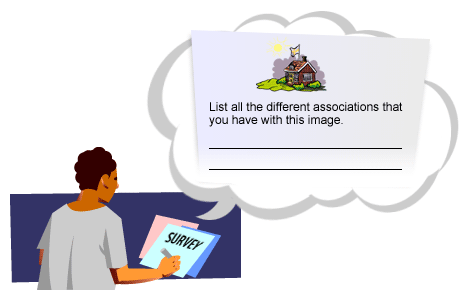Audience Analysis Questions and Project Planning
Types of questions for Audience Analysis
An audience analysis is a task that instructional designers and training developers perform in the initial phases of planning a training project. Completing an audience analysis is critical because in order to communicate information effectively, you need to understand who your learners are. Depending on the project, you might have more than once audience.
To complete your audience analysis, you will need to interview and observe the employees and management to gather information about your learners. Once you have identified your specific audiences, you can tailor your courses so they are pertinent to the different background, education levels, etc.
Here is an example of how audiences can vary widely, even within one organization: you are developing software training for a large organization with a manufacturing facility. Some of your learners are engineers who work in software development. They are technically savvy, work at a computer all day and are already familiar with the software you are training them on. Meanwhile, your second audience is the workers from manufacturing facility. They work with machinery all day and barely use the computer. This will be their first time ever seeing this software. You can already see that, even though these two audiences may need to be trained on the same software, very different approaches will be required for different audiences.
To complete your audience analysis, you will need to interview and observe the employees and management to gather information about your learners. Once you have identified your specific audiences, you can tailor your courses so they are pertinent to the different background, education levels, etc.
Here is an example of how audiences can vary widely, even within one organization: you are developing software training for a large organization with a manufacturing facility. Some of your learners are engineers who work in software development. They are technically savvy, work at a computer all day and are already familiar with the software you are training them on. Meanwhile, your second audience is the workers from manufacturing facility. They work with machinery all day and barely use the computer. This will be their first time ever seeing this software. You can already see that, even though these two audiences may need to be trained on the same software, very different approaches will be required for different audiences.
Behavioral Targeting and Personalization
Several recent studies have explored the virtues of behavioral targeting and personalization for online advertising. A business needs to develop a system of parameters for the prediction of demographic web site visitor profiles, that can be used for web advertising targeting purposes[1]. The methodology involves the transformation of web site visitors’ clickstream patterns to a set of features and the training of Random Forest classifiers that generate predictions for gender, age, educational level and occupation category. These demographic predictions can support online advertisement targeting
- as an additional input in personalized advertising or behavioral targeting, in order to restrict ad targeting to demographically defined target groups, or
- as an input for aggregated demographic web site visitor profiles that support marketing managers in selecting web sites and achieving an optimal correspondence between target groups and web site audience composition. The proposed methodology is validated using data from a Belgian web metrics company. The results demonstrate that Random Forests demonstrate superior classification performance over a set of benchmark algorithms. Further, the ability of the model set to generate representative demographic web site audience profiles is assessed. The stability of the models over time is demonstrated using out-of-period data.
ecommerce Management





[1]
Targeting is the process of selecting the correct keywords in order to get web page on the first page of Google. Targeting links the desired effects to actions and tasks. The targeting process can be generally grouped into two categories: deliberate and dynamic.